Food is an important basic need for dogs, without which survival would not be possible. Therefore, dogs instinctively defend their resources. If the dog fears losing its property, the dog’s natural behavior leads to food envy. This can be directed against conspecifics, other animals, or people. You can find out the best tips on dog food envy in this article.
What is food envy in dogs?

Dog food envy is a form of aggression linked to resources. If possession is valuable for a dog, he wants to keep it. He defends it against conspecifics and humans. Food is a particularly important possession as it ensures the dog’s survival.
To ensure that this behavior does not make it difficult or impossible for people and dogs to live together, it must be prevented as early as possible through education and training.
What does food envy mean?
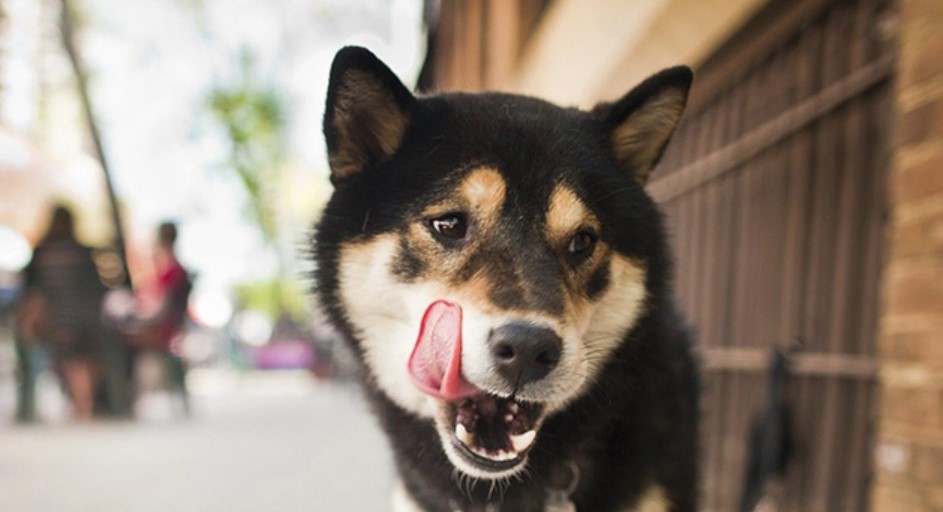
The dog thinks it has to constantly defend its food against humans and other dogs.
How does food envy arise in dogs and why?
Only part of dog jealousy is based on instinctive behavior. The remaining part is unconsciously trained by the breeder or owner.
The Guardian of Resources
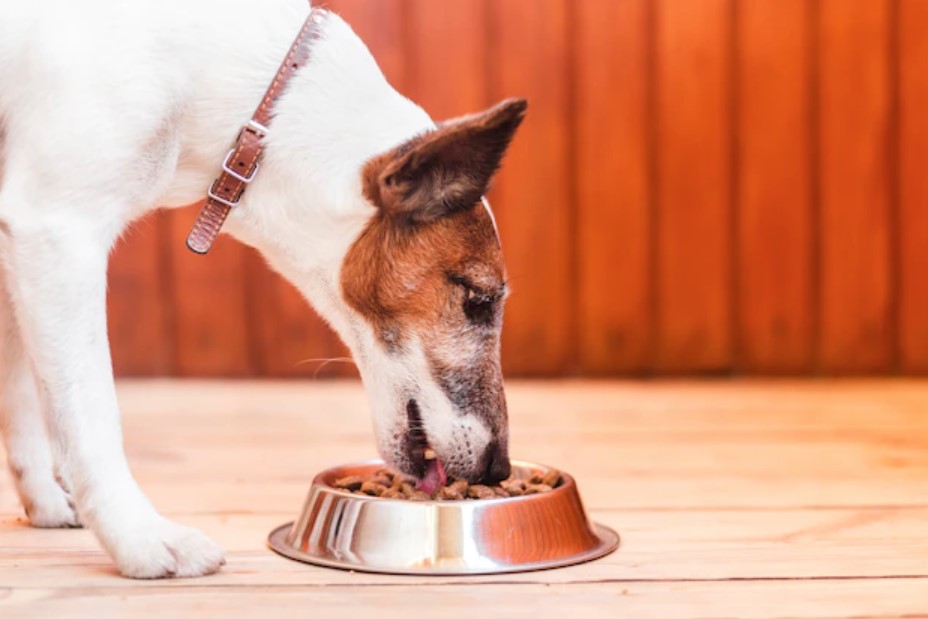
The dog’s owner decides when the feeding takes place and what dog food goes in the bowl. The four-legged friend smells the delicious food and of course, wants to pounce on it immediately. The dog is hungry and puts its snout in the bowl before it hits the ground. If something stands in the way of eating, the dog begins to defend the resource.
Once it has taken possession of the food bowl, the dog will not tolerate any further approach. He eats as quickly as possible so that no one can dispute his food.
The basis for food envy in dogs is already laid in puppies
Some breeders feed the puppies from a large bowl. Crowded together, they have to eat together. The fastest little dogs always get the largest portion. The puppy learns that if they want to get more dog food or keep a tasty chew in their possession, they must assert themselves against others. The basis for food envy in dogs has emerged.
Causes of food envy in dogs
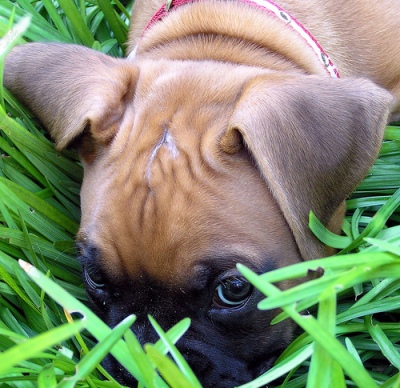
Food envy in dogs is partly innate and is part of the dog’s survival instinct. The experiences that the dog has gained in its previous life also play an important role. If the puppy was often hungry due to a lack of food, it will defend its resources more as an adult dog than a dog that always had food available.
The problem of food envy in dogs also occurs when the bowl with the food is repeatedly taken away from the dog. If the four-legged friend does not get the food back in a short time, he will fear that he will lose his dog food again with every approach.
Disturbances in eating also contribute to the emergence of food envy in dogs. The dog cannot eat in peace and will therefore start defending its bowl.
A quiet feeding spot is important
Dogs are members of the family. They want to be integrated into everyday life. But the four-legged friends also need privacy and a personal retreat. A berth as a place of retreat and an undisturbed feeding place are particularly important here.
If a dog is repeatedly disturbed while eating, it is under stress. He always feels like he has to defend his food. There is always someone in his immediate vicinity who could take his food away.
The food envy that arises, as a result, means that the dog behaves threateningly and unpleasantly towards people. If someone approaches the bowl, the dog shows its teeth and growls. He might even bite.
Is food jealousy a dominant behavior in dogs?
Dog food envy is never a dominant behavior or dominant aggression. In a pack of dogs, it can also be observed that lower-ranking dogs defend their food against higher-ranking dogs. However, this does not call into question the hierarchy or the cohesion of the pack. Food aggression always occurs independently of other aggression among dogs.
If the dog feels that this resource is important to him, he will defend it. Of course, this behavior is very unpleasant when living with dogs and must be trained out. Otherwise, the dog may bite children who approach the bowl during feeding.
How does dog jealousy arise?

Dog jealousy is partly instinctive and partly learned. A lack of food or constant disturbances favors the occurrence of food envy.
What you can do to prevent dog food envy
In general, it is important that the dog accepts the dog owner as a higher-ranking person. The owner is therefore always responsible for distributing the feed. If the dog has already developed jealousy about food, the owner should also determine the place for feeding.
However, education should not be based on punishment but should allow the dog to eat easily and calmly in an undisturbed place.
Search specifically for the cause
If the dog has already developed jealousy about food, the cause of the problem must be determined before carrying out exercises. Only then can the food envy be trained off again in a targeted manner.
Building trust
So that the dog’s food envy can be trained away, there must be a solid basis of trust between the dog owner and his four-legged friend. Without trust, the exercises cannot be successful.
Building trust must begin as a puppy. Especially in the socialization phase, the puppy not only learns to respect the higher ranking of the owner. He also learns that he can rely on his human in any situation. Bonding games can be organized to build trust. Joint hunting games strengthen the relationship. Cuddling hours with grooming and stroking bring the dog owner and his dog ever closer together.
If there is already a stable bond with a good basis of trust, you can start with the first exercise.
The dog may only eat after a start signal
The bowl is filled and the dog’s snout is already in the food. This can be a problem, especially with larger dogs. The dog quickly grabs the bowl from the owner’s hand. The food spreads over the floor. Not ideal.
In this situation, the dog’s impulse control needs to be improved. Of course, that doesn’t happen immediately. Through constant training, the four-legged friend can learn to control his impulses and not rush off immediately.
Feeding by hand
Even the puppy has to learn that it receives food from its owner and that it can always keep this resource. If part of the food is hand-fed again and again, the puppy recognizes that its caregiver is also the food supplier.
Let eat alone
If the dog is already jealous of food due to bad experiences, it is often helpful to let the dog eat alone. As soon as the bowl with the food is put down, the dog owner leaves the room. The dog can eat undisturbed. The bowl is only removed after feeding when it no longer contains any food.
Multiple dog management
If there are several dogs in a household, jealousy about food can definitely be an issue. This happens especially when one dog simply uses the other’s bowl. Here it makes sense to let the dogs eat separately. After a few weeks, an attempt is made to feed the dogs in the same room but at different feeding points.
Children must keep their distance
Children should learn early on that dogs also need their space. The dog should be left alone while sleeping and eating. This prevents food envy from developing and the dog defending its food from the child.
Use of a feed dummy
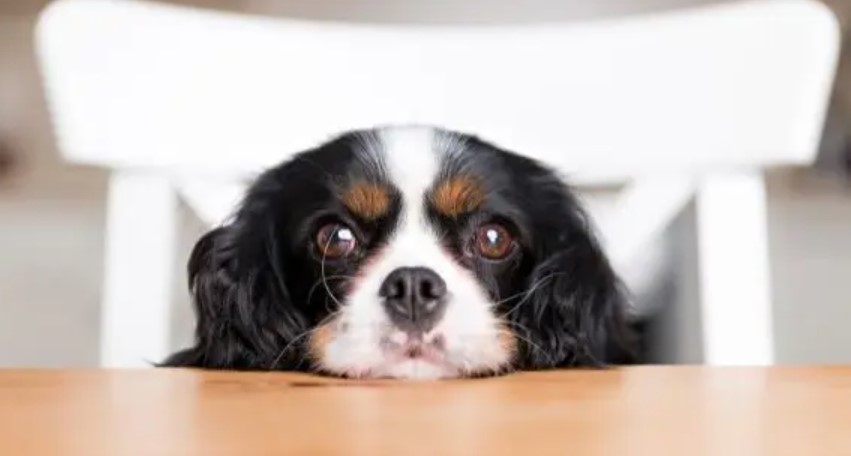
Training with a food dummy can also be helpful if the dog is jealous of food. During the exercises, the dog learns that it can always bring the food to its owner. He will receive the food as a reward from the dummy. The bond with the dog owner is strengthened.
Pay attention to the dog’s body language
How does the dog behave when feeding? What does the body language say? Is he relaxed and eating calmly, or showing signs of stress? Flat ears, a tucked tail or constantly looking around indicate that the dog does not feel safe. The cause of the stress must be identified and eliminated. Only dogs that can eat calmly and relaxed feel safe and do not develop food envy.
How do you get rid of dog food envy?
Through training, the connection between approach and danger for the resource of food is broken.
Food envy in the dog: mistakes in feeding
Food envy in dogs can be caused by mistakes in feeding. Here, the connection that one’s own resource is threatened must be broken again through training.
A separate bowl for several dogs
A bowl must be available for each dog so that each dog can eat its portion in peace. Serving the other dog from the bowl is taboo.
Begging is not allowed
Dogs should not be fed directly from the table. Feed is always only available in a place allocated by the keeper.
Removing the bowl
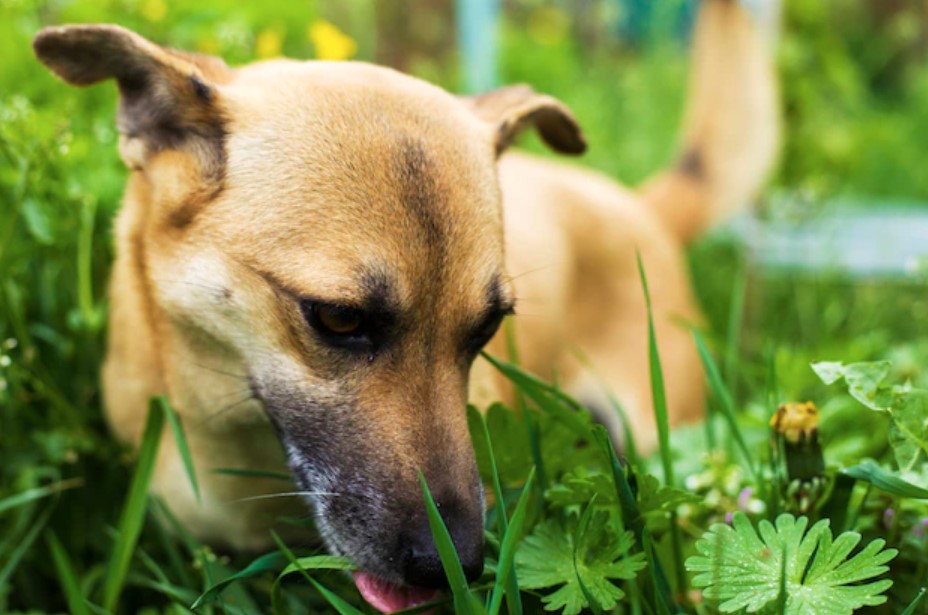
If the bowl is removed during feeding, the dog must be given it back immediately. This is the only way to maintain trust.





























